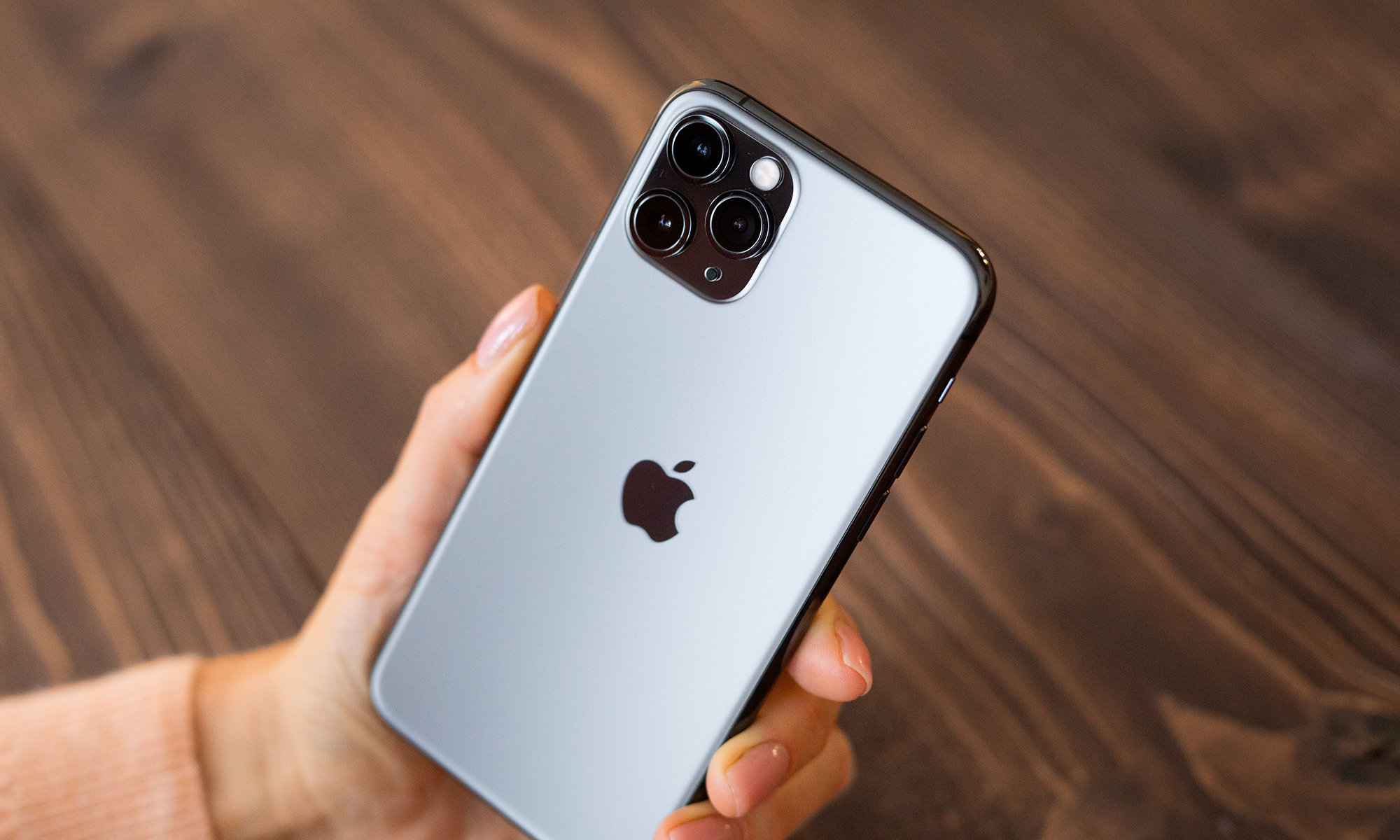Shares of Apple (AAPL +0.17%) have been on a roll ever since the company's last quarterly report showed monstrous iPhone unit growth. With Apple's next generation iPhone 6 -- which could arguably turn out to be Apple's most important iPhone yet -- the company is set to include a potentially disruptive and game-changing feature that could keep the quickened pace of iPhone sales going over the next several quarters.
A bit of background first
The smartphone business is unlike the traditional computing markets. While a laptop or a tablet can (typically) be bought at retail and used without the need to go through a wireless carrier, smartphones are fundamentally different. These devices are always connected (well, unless you're out of service range) and by virtue of this represent goldmines to the wireless carriers. As these smartphones become more powerful, the content gets richer, and users end up downloading more by virtue of the richness enabled by ever-better devices.
As you can probably guess, carriers such as Verizon and AT&T would absolutely love it if users would download more apps, stream more videos, and just generally consume more data. As users run into the frustrations of relatively small data plans (especially as many smartphone plans share a pool of data among multiple users), there's a pretty good chance that they'll think long and hard about upgrading to more robust data plans. Carriers love devices that encourage and promote more data usage.
Is it the bigger screen?
We all know at this point that Apple's iPhone 6 is likely to feature at least one variant with a larger screen than what's available today with the iPhone 5s, 5c, and 4s. While a larger screen certainly allows smartphones to drive more content per frame and could encourage broader video and media consumption, larger screen devices have been available on the market from various vendors running Google's (GOOG +1.55%) (GOOGL +1.55%) popular operating system.
So, if it's not just the screen, what is this feature? What is going to make these phones even more appealing to customers and carriers alike?
A quick history lesson
With all of that background in mind, it's almost time time to reveal what appears to be the revolutionary feature tipped to be a part of the next iPhone. Well, to understand this change, ask yourself what a big difference between Apple's iPhone 4s and iPhone 5 was? Do the three letters L-T-E ring a bell?
When Apple moved to the iPhone 5, it included support for a set of cellular protocols known as LTE. I'm not going to bore you with too many details, but the key improvement was that cellular download speeds became fast. As in, speeds that people associated with Wi-Fi and even wired networks not too long ago. The iPhone 5, 5c, and 5s can theoretically download -- over cellular -- at a rate of 100 megabits per second (to put this into perspective, this is about the size of a couple of songs from iTunes).
Okay, just tell me already!
So, circling back to the iPhone 6, it seems -- according to fresh report from Venture Beat -- that Apple will be including a brand new LTE-Advanced modem that offers up to three times the theoretical speeds of today's iPhone 5/5c/5s. This means that, once the wireless infrastructure is in place to support these monstrous speeds, iPhone 6 users -- on those shiny big screens and super-fast A8 processor -- will be able to consume much more sophisticated content on the go at a rate previously unheard of outside of a Wi-Fi connection.
Now, this report could be wrong and Apple could end up using a lesser modem with only 150 megabits per second download speeds for good economic reasons, but even a 50% increase in theoretical download bandwidth is nothing to sneeze at (especially as more advanced modems can get closer to hitting that theoretical maximum in real-world scenarios). Either way, the iPhone 6 is likely to drive more aggressive cellular data usage, and since iOS commands leading share of Web traffic over all of the other mobile platforms combined, this should keep carriers happy and give yet another reason for users running older iPhone modes to upgrade.








